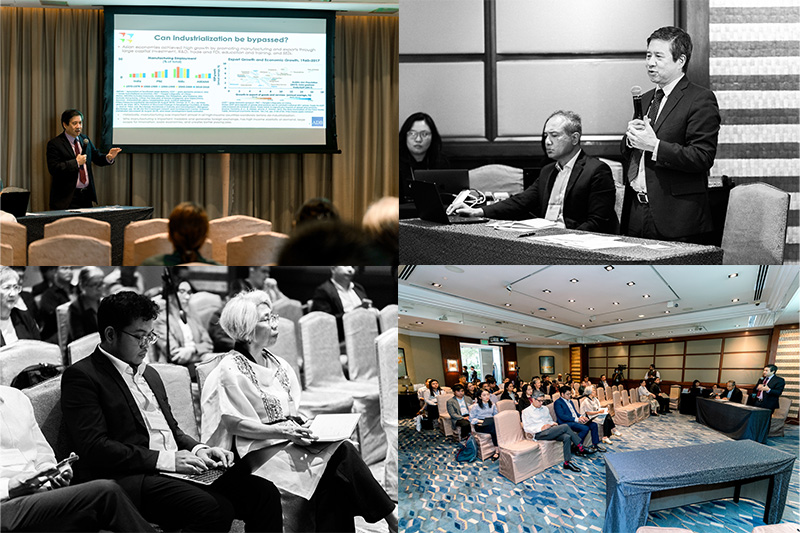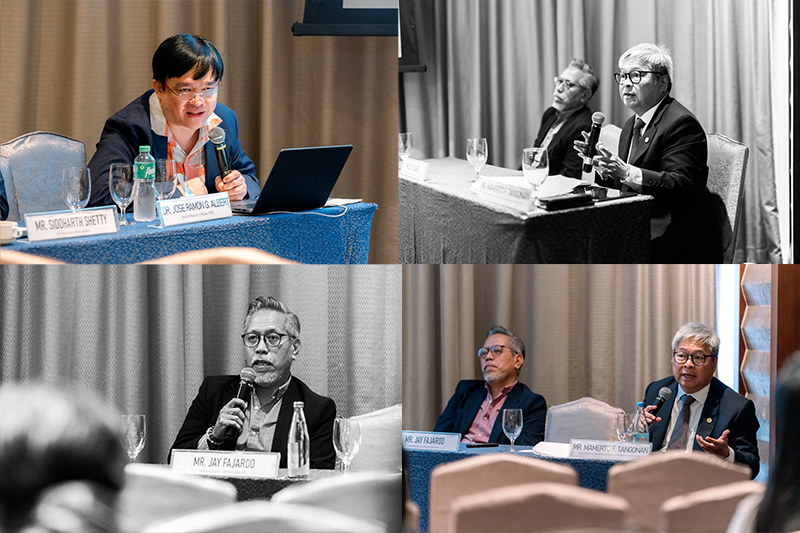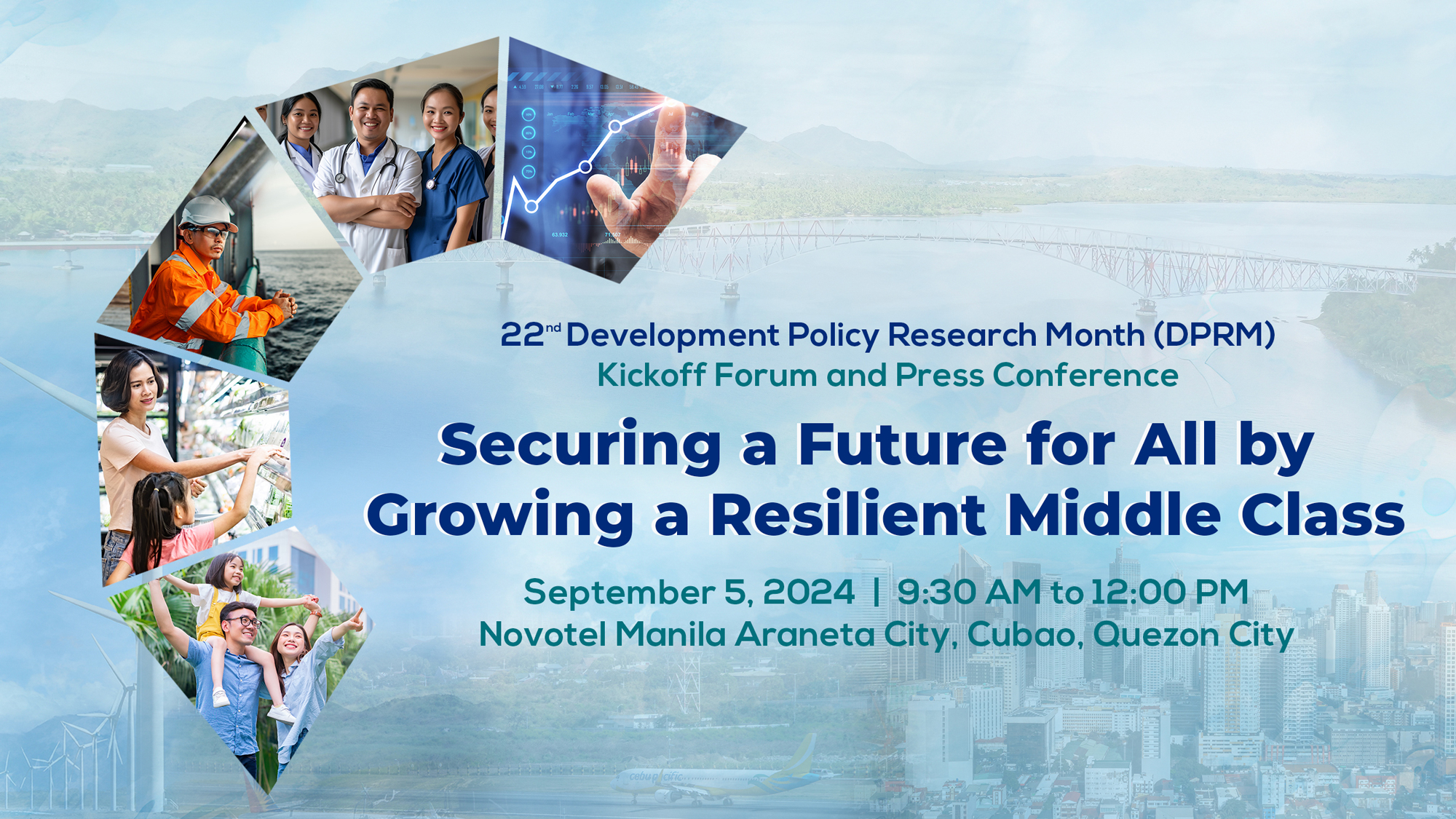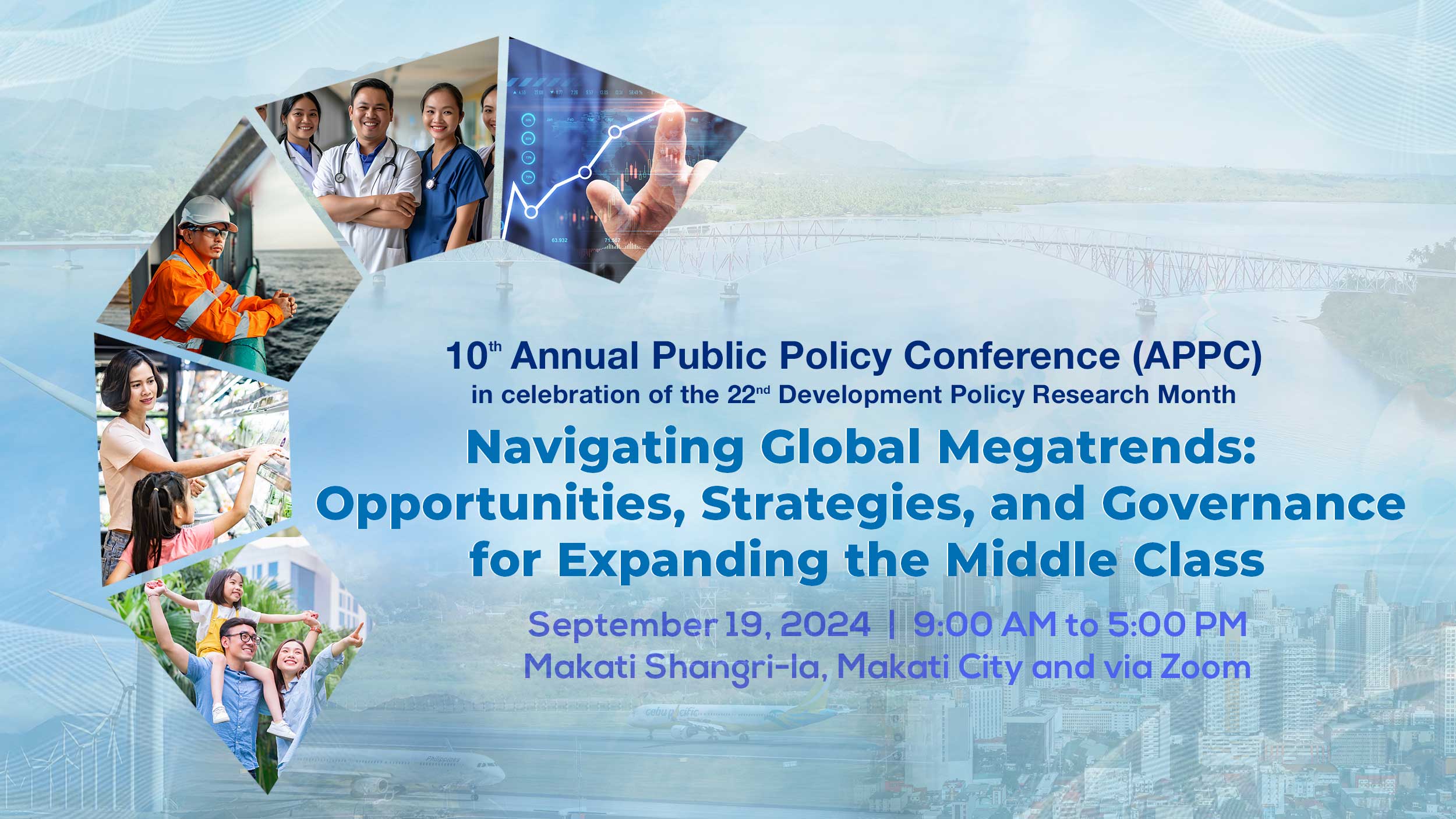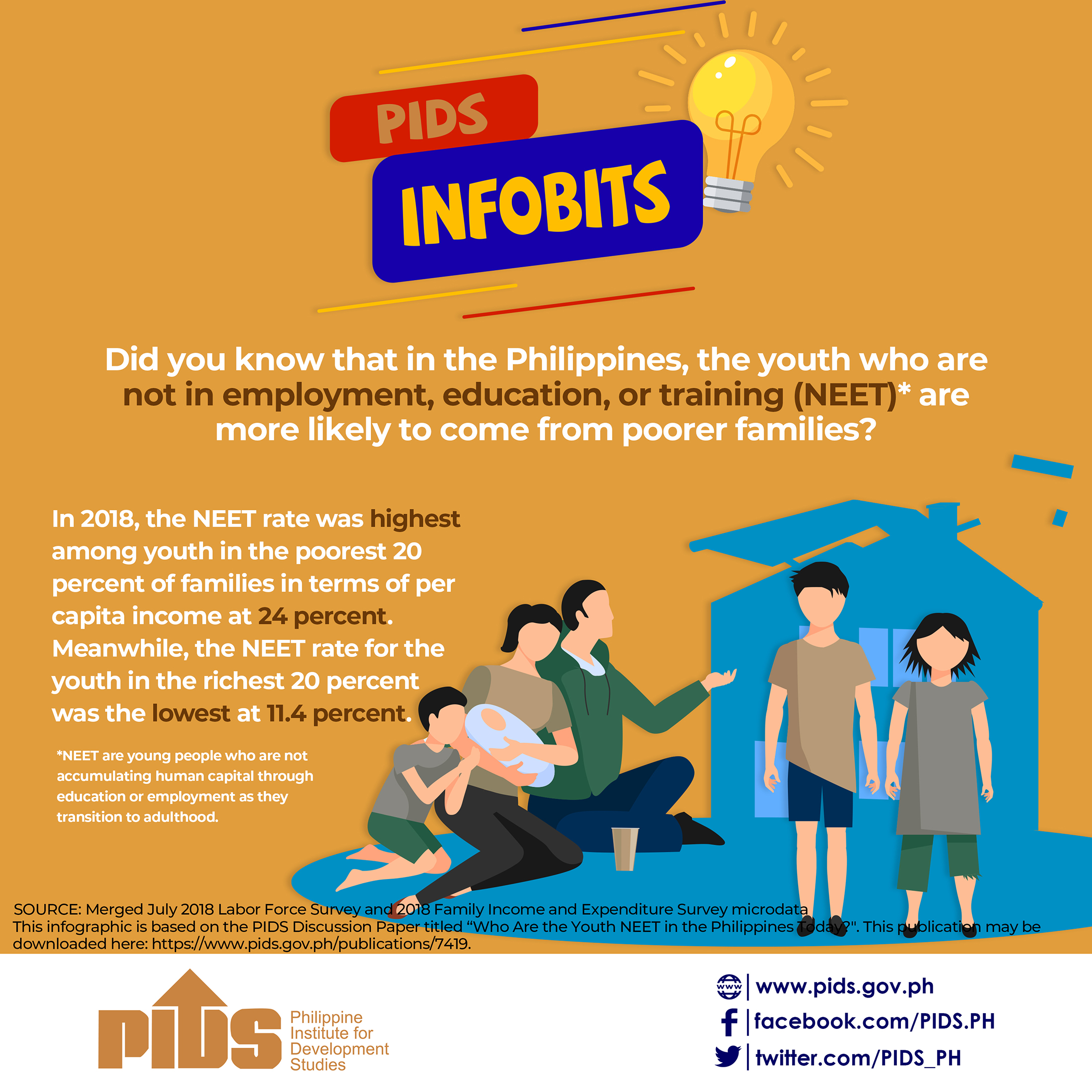Or to put the question precisely: Does the Filipino middle class also deserve to be included in the billion-peso government emergency aid in these trying days of an unprecedented pandemic?
The question is not simple or innocent as some are making it to be. It is in fact an urgent political question.
A dangerous enough political question which, if not addressed with some urgency, may erode the Duterte government’s political capital and even may cost its very survival. A prospect which Mr. Duterte, seemingly political instincts intact, acknowledges. More on this later.
Of course, once can dismiss the urgency and deny whatever indications of growing resentment from a class who, by common perception, though always anxious about becoming poor again, is still nonetheless in a better position to survive quarantine shocks now and in the future than the actual poor.
Pandemic relief, after all, is still an urgent matter of helping the poor. Undoubtedly, it is humane to aid the poor first in times of crisis. But it is also political because aiding the poor addresses the unstated fears of government and the middle class and the rich — the fear that if the poor become unruly during a crisis, they will tear apart the social fabric. As if often said these days, hungry stomachs do not know any law.
But does this mean we can momentarily ignore middle class concerns? Judging from the complaints — and those complaints are getting louder by the day — aired by obvious middle class voices on social media, it seems ignoring those questions cannot be done.
Granting social media isn’t an accurate gauge and the voices and demands are often confused, still there is enough palpable sense of middle class unease. And it is prompting scores of officials, as well as Mr. Duterte himself, not to drown the complaining voices. Why?
To elaborate this issue, among local political kingpins it seems Cavite Gov. Juanito Victor “Jonvic” Remulla is the more prominent voice. Remulla has officially written Mr. Duterte his concerns about the need to include the middle class in government’s relief package, saying that with the pandemic and its subsequent lockdowns “everyone is hurting.”
Remulla also observes “they (the middle classes) are often overlooked. They pay the most taxes. They keep our economy alive. They are mostly law abiding citizens. They need a break.”
Surprisingly, Mr. Duterte agrees with Mr. Remulla. In his late night address to the nation Monday, Mr. Duterte says he is backing Mr. Remulla’s appeal.
“There has to be a realization that the suffering of the poor is the same as the suffering of the middle class and we have to find a way to help them too,” Mr. Duterte says.
The President says he has ordered his people to scrounge for money to help the middle classes.
It isn’t at all surprising the politically astute Mr. Duterte agrees. He also has no choice. As is often pointed, it is the middle class that is actually the main pillar of his government. In fact, it is the middle classes that had actually voted him into power after he vowed to address the main fear of the class, the scourge of illegal drugs.
Risking, therefore, the main pillar propping this government cannot be easily dismissed. Clearly addressing those concerns is a political necessity, even if we are to consider the unpalatable fact that those concerns may be nothing more than about class envy and resentment as painfully made clear when Remulla chose the word “overlooked.”
How to address it, of course, is another matter. The immediate question of how to fund such aid springs to mind. And, since this is now a matter of money, it is also a question of how much money can be given to satisfy everybody.
Now that we are looking at things through money, perhaps we should also now clearly define in money terms what makes the Filipino middle class and who exactly constitutes the class.
Looking at it through lifestyles won’t do as the government itself defines social classes through money terms. Government actually classifies Filipino social classes by monthly incomes earned.
Government starts this by defining, in money terms, what they say is the poverty threshold. What poverty threshold means is that government, in order to find the number of Filipinos living in poverty, they come up with a basic monthly income with which a family of five needs to meet basic food and non-food requirements.
As such, the Philippine Statistics Authority says a family of five must have a monthly income of P10, 481. Thus, any family earning below P10, 481 monthly is considered poor.
From there, says the government think tank Philippine Institute for Development Studies (PIDS), government gives corresponding monthly incomes to define the rest of classes that make up Filipino society.
In the eyes of government, the country has these following classes: the low income class, the lower middle class, the middle class, the upper middle class, the upper income class and the rich.
As can be seen, the Filipino middle class has three shades. Other characteristics, of course, complete the profile of the Filipino middle income class.
But for our purposes here, it is best to note that as of 2015 two in every five Filipinos belong to the middle income classes and are largely found in urban areas.
It is also important to note that more than half of middle income families live in the National Capital Region (NCR), Central Luzon, and the Cavite-Laguna-Batangas-Rizal-Quezon (Calabarzon) corridor. All these areas are currently in lockdown.
This last fact also explains why Remulla needed to take up the cudgels for the middle class. Cavite has a total population of 4.5 million, of which 35 percent belong to the middle class.
Now that we have somewhat a picture of the Filipino middle class, it is time to address what can be done for the middle class, even if one does not believe the class feels aggrieved.
To address this issue, the politically astute chairman of the House Ways and Means Committee, Albay Rep. Joey Salceda, proposes a universal basic income approach (UBI). Salceda says that with UBI “all Filipinos except those in the top 10 percent” of the population would receive between P1, 000 and P2, 000 each.
Salceda says his proposal explicitly includes the middle class, while emphasizing his approach does away with “convoluted eligibilities,” makes for faster distribution, and ensures accountability. This was an implicit acknowledgment that the government relief efforts had generated confusion, even among the midd.
The question is not simple or innocent as some are making it to be. It is in fact an urgent political question.
A dangerous enough political question which, if not addressed with some urgency, may erode the Duterte government’s political capital and even may cost its very survival. A prospect which Mr. Duterte, seemingly political instincts intact, acknowledges. More on this later.
Of course, once can dismiss the urgency and deny whatever indications of growing resentment from a class who, by common perception, though always anxious about becoming poor again, is still nonetheless in a better position to survive quarantine shocks now and in the future than the actual poor.
Pandemic relief, after all, is still an urgent matter of helping the poor. Undoubtedly, it is humane to aid the poor first in times of crisis. But it is also political because aiding the poor addresses the unstated fears of government and the middle class and the rich — the fear that if the poor become unruly during a crisis, they will tear apart the social fabric. As if often said these days, hungry stomachs do not know any law.
But does this mean we can momentarily ignore middle class concerns? Judging from the complaints — and those complaints are getting louder by the day — aired by obvious middle class voices on social media, it seems ignoring those questions cannot be done.
Granting social media isn’t an accurate gauge and the voices and demands are often confused, still there is enough palpable sense of middle class unease. And it is prompting scores of officials, as well as Mr. Duterte himself, not to drown the complaining voices. Why?
To elaborate this issue, among local political kingpins it seems Cavite Gov. Juanito Victor “Jonvic” Remulla is the more prominent voice. Remulla has officially written Mr. Duterte his concerns about the need to include the middle class in government’s relief package, saying that with the pandemic and its subsequent lockdowns “everyone is hurting.”
Remulla also observes “they (the middle classes) are often overlooked. They pay the most taxes. They keep our economy alive. They are mostly law abiding citizens. They need a break.”
Surprisingly, Mr. Duterte agrees with Mr. Remulla. In his late night address to the nation Monday, Mr. Duterte says he is backing Mr. Remulla’s appeal.
“There has to be a realization that the suffering of the poor is the same as the suffering of the middle class and we have to find a way to help them too,” Mr. Duterte says.
The President says he has ordered his people to scrounge for money to help the middle classes.
It isn’t at all surprising the politically astute Mr. Duterte agrees. He also has no choice. As is often pointed, it is the middle class that is actually the main pillar of his government. In fact, it is the middle classes that had actually voted him into power after he vowed to address the main fear of the class, the scourge of illegal drugs.
Risking, therefore, the main pillar propping this government cannot be easily dismissed. Clearly addressing those concerns is a political necessity, even if we are to consider the unpalatable fact that those concerns may be nothing more than about class envy and resentment as painfully made clear when Remulla chose the word “overlooked.”
How to address it, of course, is another matter. The immediate question of how to fund such aid springs to mind. And, since this is now a matter of money, it is also a question of how much money can be given to satisfy everybody.
Now that we are looking at things through money, perhaps we should also now clearly define in money terms what makes the Filipino middle class and who exactly constitutes the class.
Looking at it through lifestyles won’t do as the government itself defines social classes through money terms. Government actually classifies Filipino social classes by monthly incomes earned.
Government starts this by defining, in money terms, what they say is the poverty threshold. What poverty threshold means is that government, in order to find the number of Filipinos living in poverty, they come up with a basic monthly income with which a family of five needs to meet basic food and non-food requirements.
As such, the Philippine Statistics Authority says a family of five must have a monthly income of P10, 481. Thus, any family earning below P10, 481 monthly is considered poor.
From there, says the government think tank Philippine Institute for Development Studies (PIDS), government gives corresponding monthly incomes to define the rest of classes that make up Filipino society.
In the eyes of government, the country has these following classes: the low income class, the lower middle class, the middle class, the upper middle class, the upper income class and the rich.
As can be seen, the Filipino middle class has three shades. Other characteristics, of course, complete the profile of the Filipino middle income class.
But for our purposes here, it is best to note that as of 2015 two in every five Filipinos belong to the middle income classes and are largely found in urban areas.
It is also important to note that more than half of middle income families live in the National Capital Region (NCR), Central Luzon, and the Cavite-Laguna-Batangas-Rizal-Quezon (Calabarzon) corridor. All these areas are currently in lockdown.
This last fact also explains why Remulla needed to take up the cudgels for the middle class. Cavite has a total population of 4.5 million, of which 35 percent belong to the middle class.
Now that we have somewhat a picture of the Filipino middle class, it is time to address what can be done for the middle class, even if one does not believe the class feels aggrieved.
To address this issue, the politically astute chairman of the House Ways and Means Committee, Albay Rep. Joey Salceda, proposes a universal basic income approach (UBI). Salceda says that with UBI “all Filipinos except those in the top 10 percent” of the population would receive between P1, 000 and P2, 000 each.
Salceda says his proposal explicitly includes the middle class, while emphasizing his approach does away with “convoluted eligibilities,” makes for faster distribution, and ensures accountability. This was an implicit acknowledgment that the government relief efforts had generated confusion, even among the midd.




